How many times last week did you say “I don’t have enough time?” I want you to stop and think about how you feel when you think this. Stressed or calm?
If you are like I was, you may be saying this multiple times a day without even realizing it. 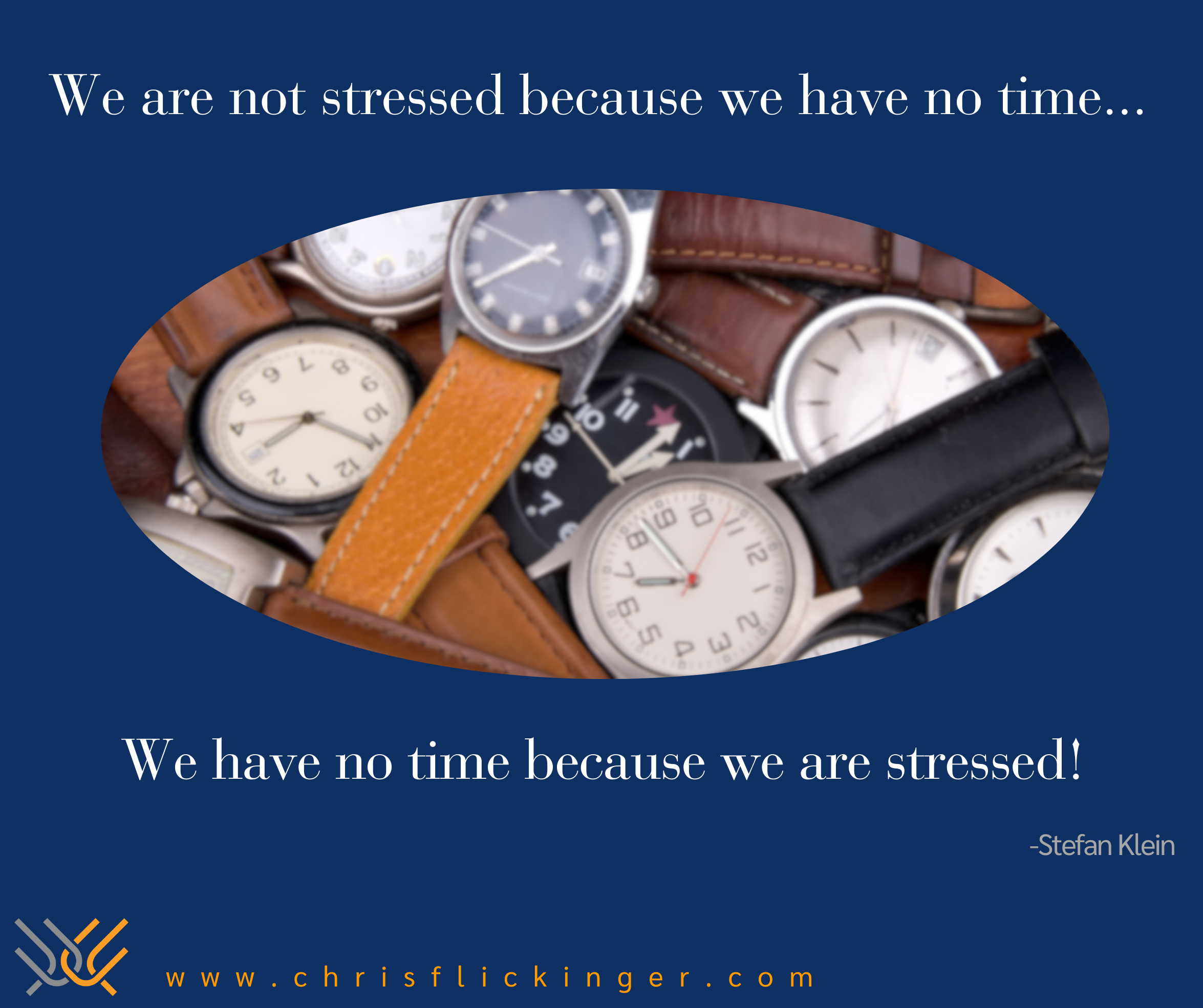
- You believe that you are super busy and you don’t have time for anything else in your life.
- You believe that you have too much to do and not enough time to do it.
- You believe that you are so far behind and don’t have enough time to catch up.
All of these thoughts make you feel stressed and put your body into a stress response. When you are in a stress response, you are less effective at managing time. When you are less effective at managing your time, this could produce more stress and scarcity of thinking around time. It’s a vicious circle.
When I first became a coach, two of the topics that we studied were scarcity and victimhood.
- Scarcity means, basically, that we have an automatic stress response when you believe that something is scarce because humans are wired to stay safe (scarcity is not safe).
- Victimhood is described as blaming something external and believing that no part of the situation is under your control.
During these lessons, I realized that I believed that time was scarce and that I believed that time was the reason I was stressed. Because I believed this, I was constantly stressed and not using my time effectively.
Two tools that were helpful for me to rewrite my story about time were:
- The Thought Impact Model
- Above and Below The Line Thinking
The Thought Impact Model – asserts that our thoughts about an activating event drive what we feel and those feelings influence our actions to get to an outcome.
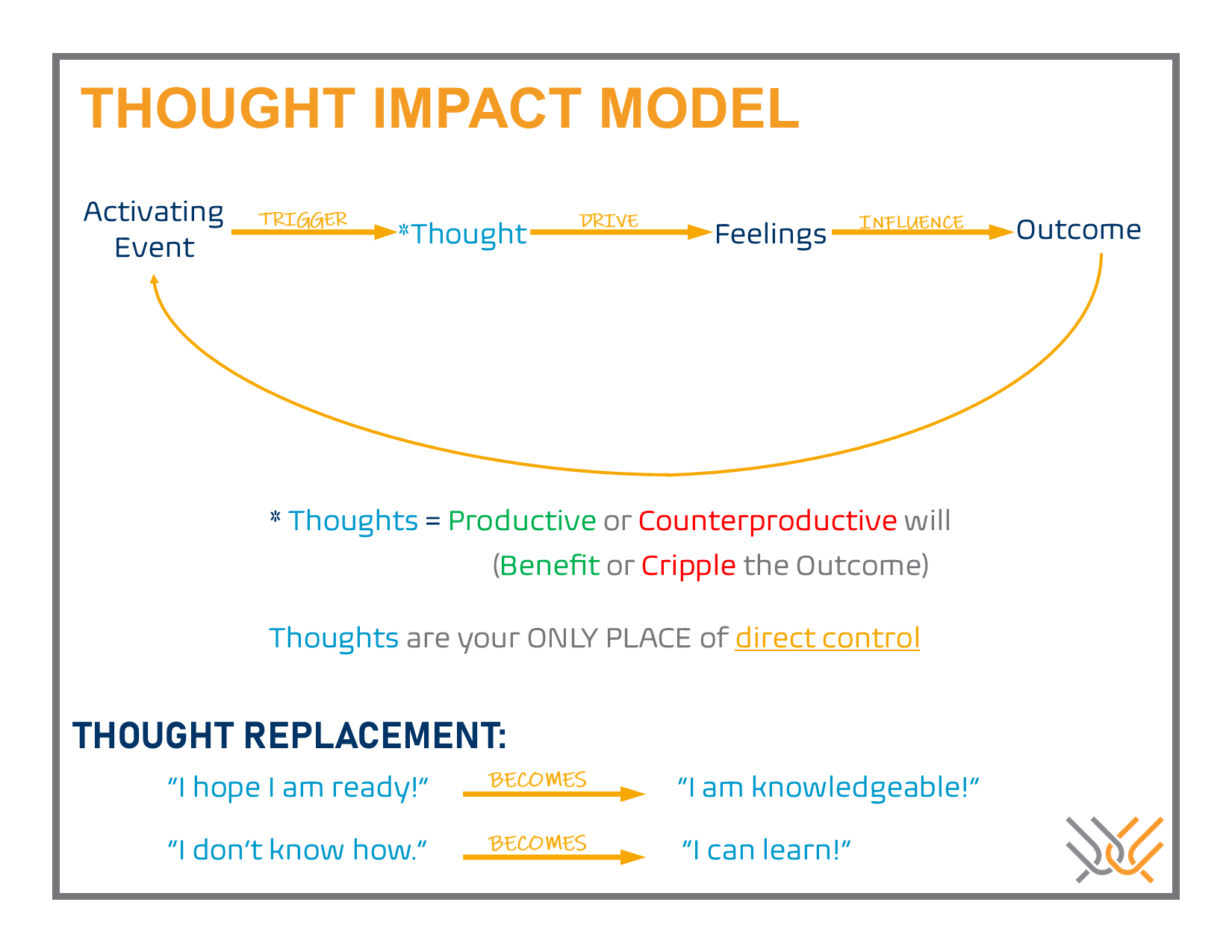
My initial model about time was this:
- Activating Event: Time
- Thought: I don’t have enough time to get it all done
- Feeling: Stressed
- Actions: Working on things that made me feel better at the moment, complaining to others about how I didn’t have enough time, messing around with to-do lists but not taking any actual action
- Result: I don’t have enough time to get it all done because I wasn’t prioritizing or taking action that would get me closer to my goals
Do you see how my thought was reflected in my result?
I had to change my thoughts about time completely.
The tool I used to change my thoughts was Above and Below The Line Thinking*.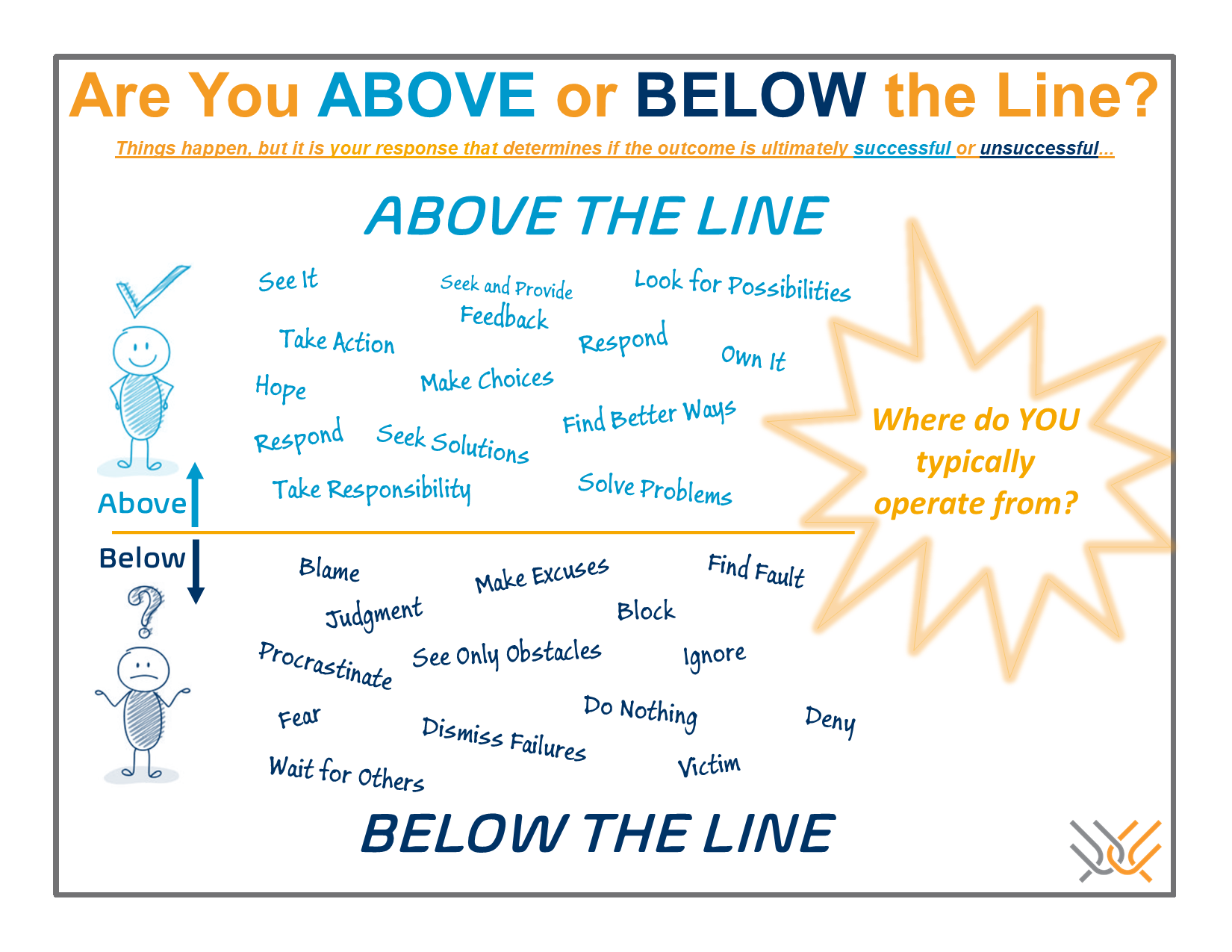
- Above The Line Thinking – Focuses on solutions, opportunities, and possibilities. It involves taking responsibility for your actions, being open to new ideas, and seeking constructive ways to address challenges. It has the characteristics of optimism, creativity, collaboration, accountability, and a solution-oriented approach
- Below the Line Thinking – Focuses on problems, blame, and obstacles rather than seeking solutions. Individuals engaging in below the line thinking often avoid taking responsibility for their actions and may adopt a victim mentality. It has the characteristics of pessimism, resistance to change, blame-shifting, and a focus on problems rather than solutions.
I started noticing all of my thoughts about time, writing them down, and then determining where they fell on the line.
I don’t have enough time to get it all done → Blaming time; below the line
I’m so crazy busy → Focusing on problems; below the line
I’m so far behind → Avoiding responsibility; below the line
It was shocking to me how I was playing the victim to time.
It took a while, but using Above and Below the Line tool, I was able to change my thought model to:
- Activating Event: Time
- Thought: I’m good at prioritizing my time
- Feeling: Empowered
- Actions: prioritizing, managing procrastination, focusing
- Result: I prioritize my time and knock out my priorities!
Commit to documenting your thoughts about time for 30 days. Figure out if they are above or below the line. If they are below the line, how can you generate some above the line thoughts about time?
You will feel less stressed if you work on your thoughts about time!

*The Oz Principle by Roger Connors, Thomas Smith, and Craig R. Hickman.

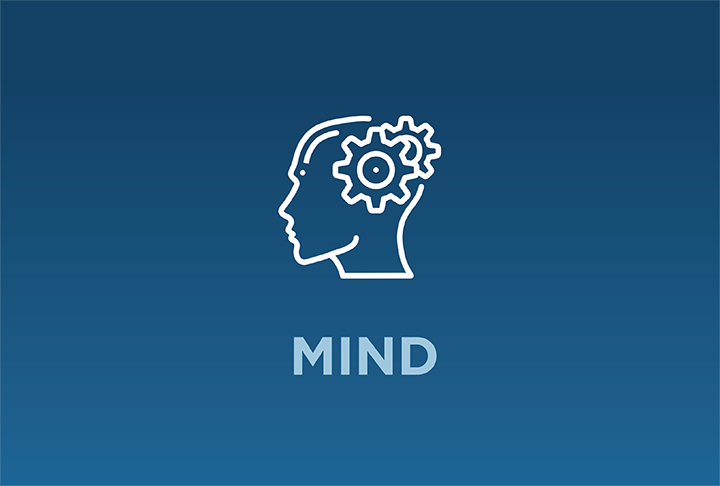




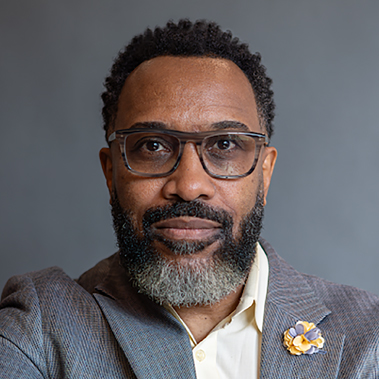
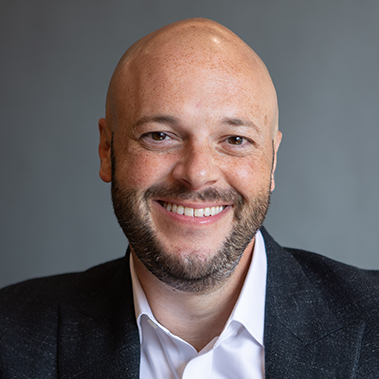






0 Comments